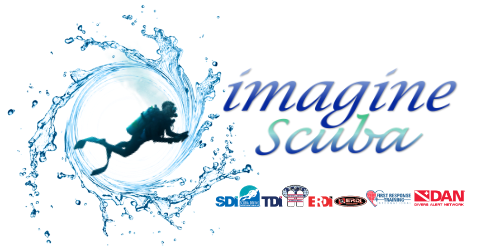Snorkeling is a wonderful experience providing a window into an underwater world filled with colors and unique life. Seeing corals that have more shades than a crayon box or close encounters with amazing marine life like turtles or dolphins can easily become the highlight of any vacation. Though snorkeling does not require any formal training or fancy gadgetry, there are still things to consider to get the most out of your experience.
Here are our top 3 tips to enjoy snorkeling on your next vacation.
Find the right equipment
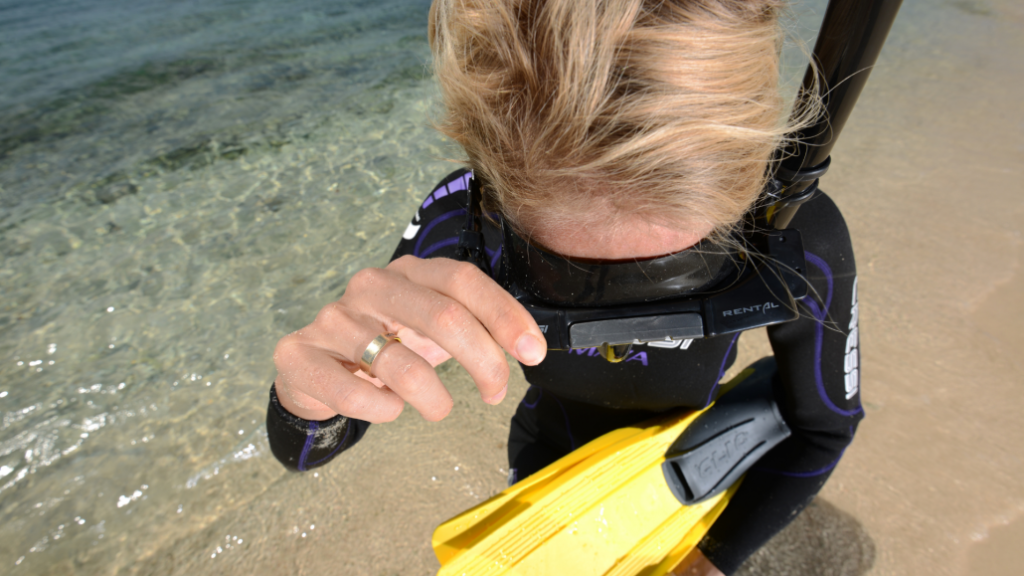
Mask
Try your mask on without the strap, inhale deeply through your nose, and hold your breath. This creates a suction seal and is a good way to tell if the mask fits you. You need to be able to shake your head without the mask falling off. Quality masks also have tempered glass that can handle water pressure, provide a clear view, and are more durable than cheaper masks. You have the option to choose a mask with a single lens or split lens, and in a variety of colors. A clear neoprene skirt mask with a single lens lets more light in than a black or colored skirt and split lens. Additionally, you can get an anti-fog spray to ensure your mask does not fog up.
Snorkel
The best snorkel is so lightweight and comfortable, you won’t even notice it’s there. Many people worry about the water getting into their snorkel, especially when the conditions are choppy. A dry snorkel is an ideal choice to avoid this, as it has a mechanism that closes the top of the tube when you submerge. Another thing to look for in a snorkel is a purge valve, which dry snorkels usually have. In case water does get into your snorkel, the purge valve makes it easy to get the water out with an exhale.
Fins
While a mask is vital for you to see the beauty beneath the surface, fins are necessary to take you through the water with ease. If you spend too much energy moving around, you will quickly run out of breath and get tired before you have seen enough.
When choosing your fins and trying them out, they should feel snug but not so tight that they will become uncomfortable. There are two types of fin that you can consider: full foot fins which contain a rubber pocket that you slide your entire foot into and open heeled fins that have a pocket for your toes and an adjustable strap around your heel. Full foot fins tend to be shorter, lighter, cheaper, and can be worn barefoot, so they are ideal for traveling with. However, they will give you less power through the water unless you purchase freediving fins, which are a specialist piece of equipment. Open heeled fins are bigger, heavier, more robust, and need to be worn with neoprene socks or booties. However, they will give you far more speed through the water and wearing foot protection is useful for rocky entries or in cooler water.
Wetsuit or a rash guard
Depending on your snorkeling location, you might need to wear a wetsuit that can keep you warm and help you float so you can enjoy your time in the water longer. In warm waters, you might be tempted to go with just your swimsuit, but a rash guard can be useful to protect you from sunburn. It will also protect you from stings and scrapes. Use a reef-safe sunscreen for extra protection from the sun that doesn’t harm the coral reef, so you still have something to see while snorkeling.
Know the location
You may have just booked the snorkeling trip of a lifetime to swim with humpback whales in French Polynesia and everything is organized for you. Even if all is arranged, do communicate with your tour operator to find out what you need to bring and what they provide, to be fully prepared for the trip. Snorkeling trips are often done from the boat, but you will also need other things besides your snorkel equipment. You might need water, snacks, and protection from the sun or wind. In case you tend to get seasick, it’s always good to take some seasickness pills before your trip.
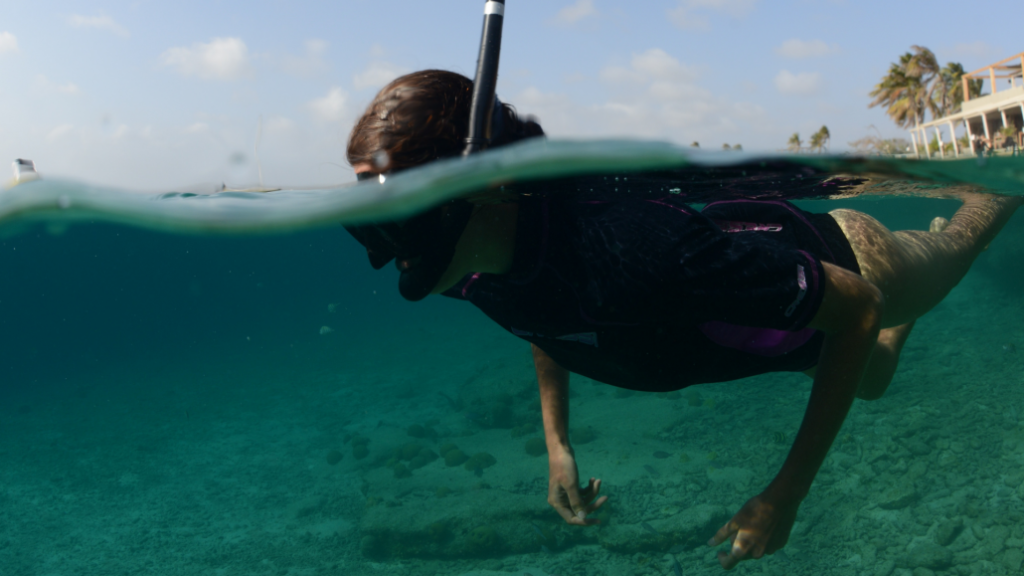
Learn some techniques to snorkel like a pro
If you have never snorkeled before, it is always good to practice first. If it is available to you, try it out at a local swimming pool or on a shallow beach first. Then you can get used to your gear and feel confident before your trip.
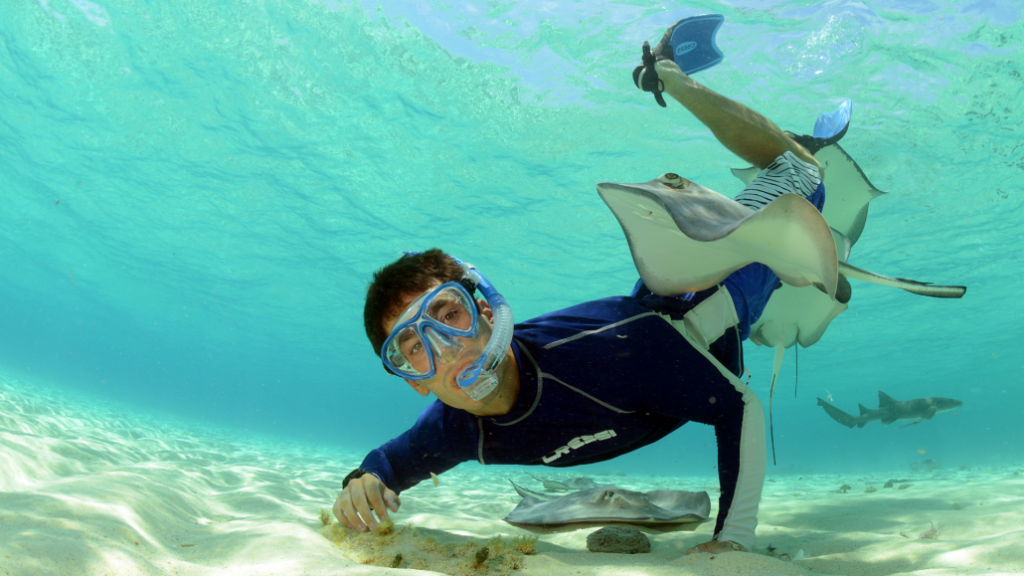
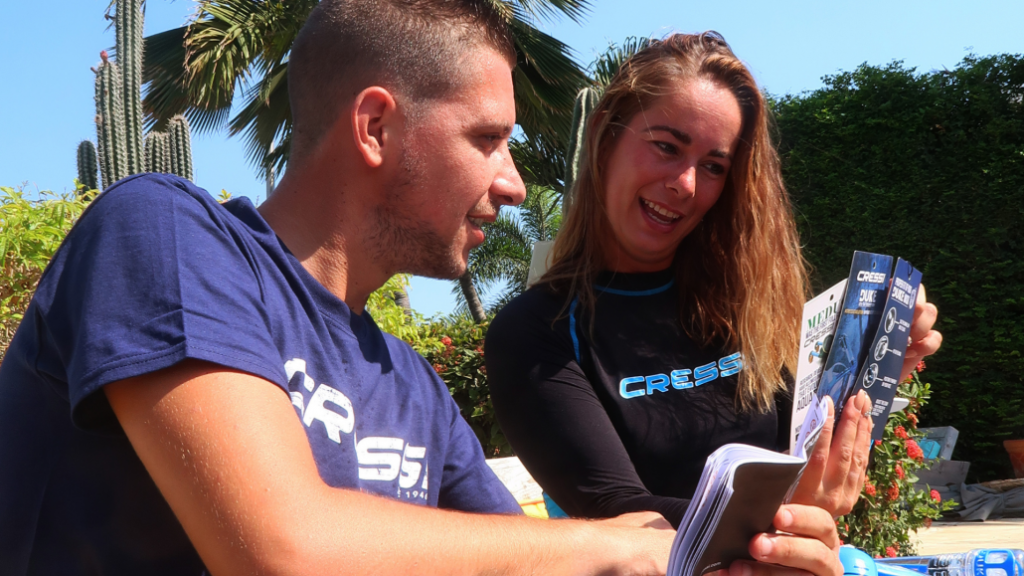
Most importantly, whether you are snorkeling from a boat or from shore, diving deep down, or taking it easy, don’t forget to have some fun!
Want to get your snorkel certification? Learn more here!
By Agnes Aasmaa

